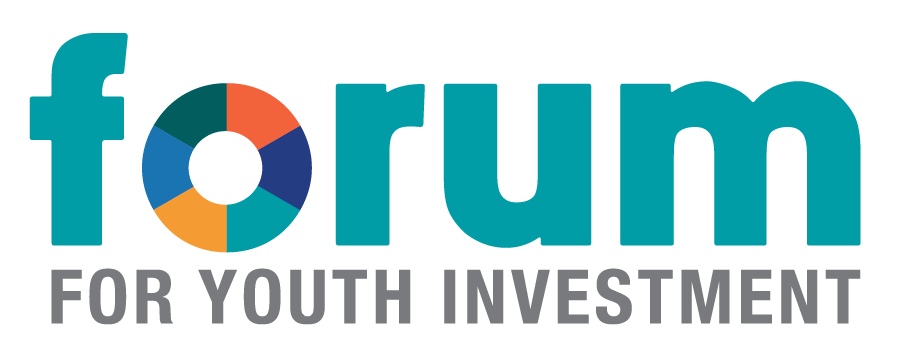From Policy to Practice: How Texas is Raising the Bar for Summer Learning
April 9, 2025
What does it take to build a high-quality summer learning program — and how can policy help make it happen? That’s the question explored in our recent webinar, From Policy to Practice: Texas’ Approach to High-Quality Summer Learning. The session focused on how Texas is leveraging state policy, funding, and research-based planning tools to strengthen summer programs and improve outcomes for young people.
The conversation featured findings from a new brief by the American Institutes for Research (AIR), the first report from the Texas Summer Learning Study commissioned by The Wallace Foundation: Applying Summer Learning Evidence: How Texas State Policy Supports Strong Programming.
Whether you’re a state leader, district administrator, program provider, or advocate, the lessons shared offer insight into what it takes to move from research to real impact.
A Research-Driven Approach to Summer Learning
At the center of the conversation was the Additional Day School Year (ADSY) initiative, launched by the Texas Education Agency (TEA) after the passage of House Bill 3 in 2019. ADSY provides school systems with funding to add up to 30 additional instructional days to elementary school calendars, with a focus on combating summer learning loss.
To ensure districts had the support they needed to design meaningful programs, TEA created the ADSY Planning and Execution Program (PEP), a four-year model that includes:
- A full planning year
- Three years of implementation
- Ongoing support and continuous quality improvement
This work is grounded in research from the RAND Corporation and the National Summer Learning Project, with tools and coaching provided in part by our team at the Forum’s Weikart Center for Youth Program Quality.
The AIR brief also lifts up a set of 10 evidence-based design principles, drawn from a wide review of summer learning literature. These principles — including factors like planning, staffing, instructional quality, climate and culture, and student recruitment — help define what effective programs look like. The Texas model uses these principles to guide local planning and implementation.
As Jessy Newman, senior researcher at AIR, explained during the webinar, “What we really need to understand is how we bring those evidence-based practices to life — how to take them out of the research report and apply them on the ground,” especially when applying them in local contexts that differ from where the research was originally conducted.
What Makes Texas’ Model Stand Out?
The ADSY Planning and Execution Program goes beyond just funding summer programs to make sure programs are intentionally designed using proven strategies. The typical program includes 25–30 summer days with a 6-hour schedule, broken into three hours of reading and math, two hours of enrichment, and one flexible hour for transitions or extra activities. In addition, programs feature:
- Certified teachers and high-quality instructional materials
- Free meals and transportation
- Staff training and professional development
- Embedded coaching and planning tools
Texas school districts don’t do this work alone; they’re supported through a strategic planning process, technical assistance, and peer learning communities.
According to Ruchamah Belizor, manager of the ADSY initiative at TEA, this approach allowed districts to take part in a “year-long, intensive ‘summer starts in September’ process, where they’re really focusing on what they’re going to do in those 25 to 30 days — and how they’re going to ensure that students are having fun as well as helping them accelerate their learning.”
Why It Works: Planning + Flexibility + Support
Presenters Jessy Newman (AIR) and Ruchamah Belizor (TEA) emphasized that policy alone isn’t enough. What’s made the Texas model successful is the combination of:
- Dedicated planning time
- Technical assistance from experienced partners
- Flexibility for districts to adapt the model to their local context
- Continuous quality improvement built into every year
Districts also received coaching from the Forum’s Weikart Center, which helped teams reflect on past summers, identify challenges, and plan for real-time improvements. As Jennifer Harris, a design and implementation specialist, put it, “Summer really does start in September. The planning process is what sets the stage for impact.”
What Other States and Programs Can Learn
This approach has lessons for anyone working to strengthen summer learning opportunities:
- Invest in planning — don’t wait until spring to start
- Engage families, staff, and communities early and often
- Combine academics and enrichment to keep learning fun and meaningful
- Use evidence-based practices, but adapt them to your local context
- Prioritize climate and culture — it’s key for student attendance and staff retention
Texas is proving that evidence-based summer learning is possible — with the right policy, tools, and support. By starting early and focusing on continuous improvement, districts are seeing real results: stronger attendance, better academic growth, and more engaged students and teachers.
Want to Dive Deeper?
Missed the webinar?
You can view the full recording below.
Explore the research featured in the webinar:
Read the AIR report commissioned by The Wallace Foundation: Applying Summer Learning Evidence: How Texas State Policy Supports Strong Programming
Looking to strengthen your own summer learning programs?
- Learn about the Summer Learning Program Quality Intervention (SLPQI) and its policy and practice implications: SLPQI: Implications for Policy and Practice
- Improve your program quality with the Summer Learning Program Quality Assessment (PQA): Download the tool.
- Explore TEA’s Summer Learning Framework to support local planning.
What’s next? Register for our upcoming free virtual symposium:
Committed to Quality: Celebrating Afterschool Professionals
Tuesday, April 22, 2025 | 1–4 p.m. ET
Register here.
